
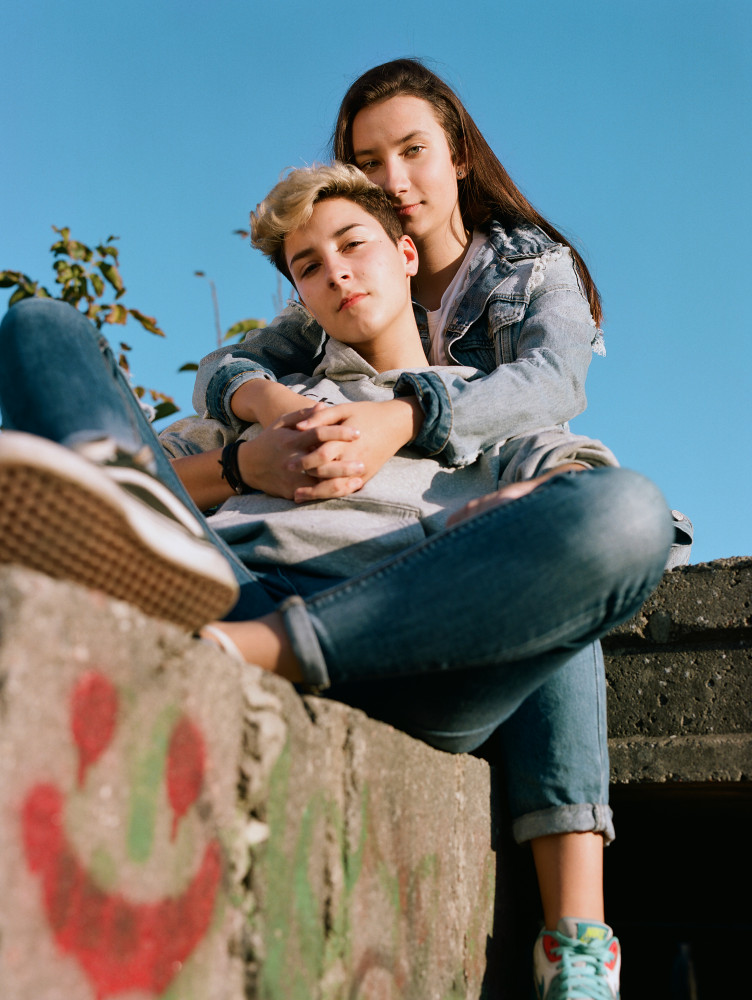
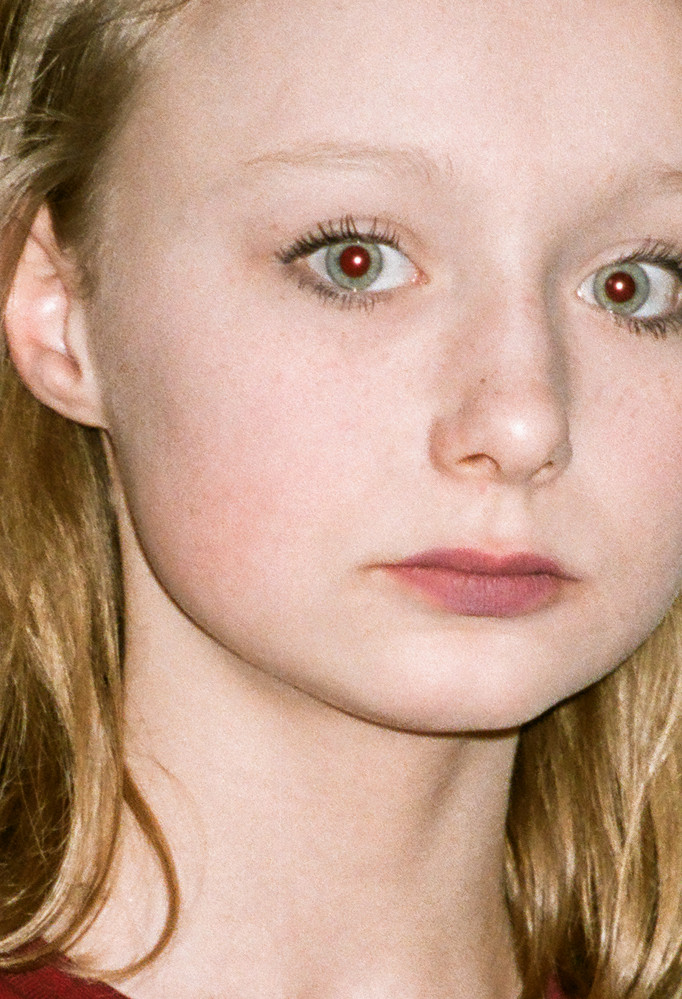
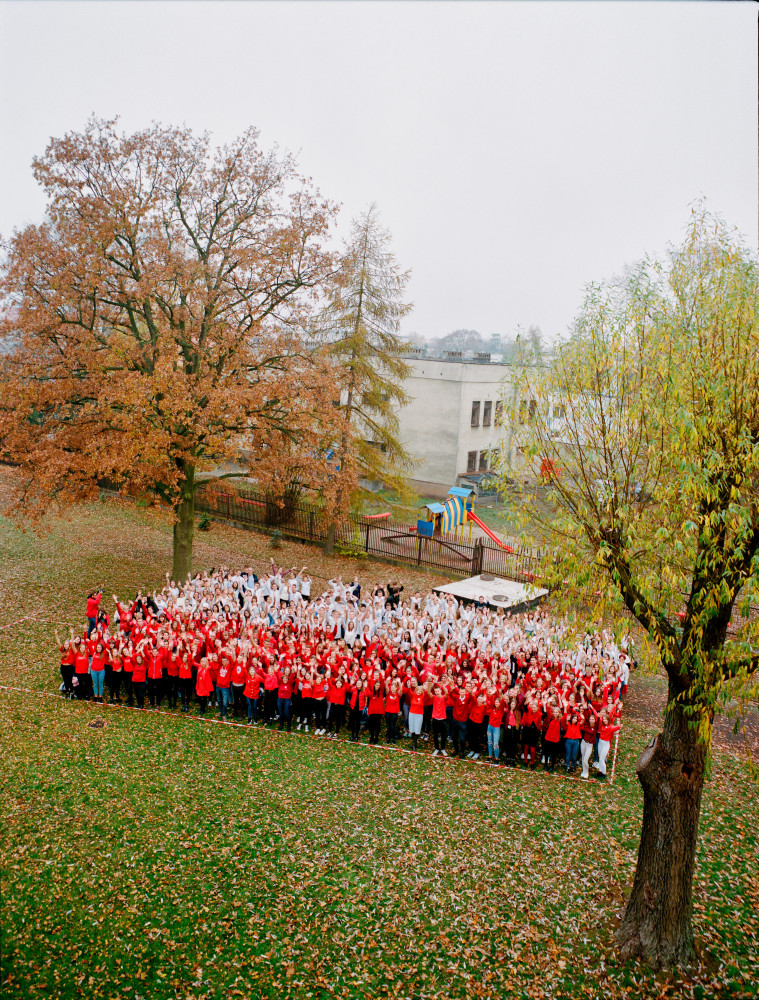
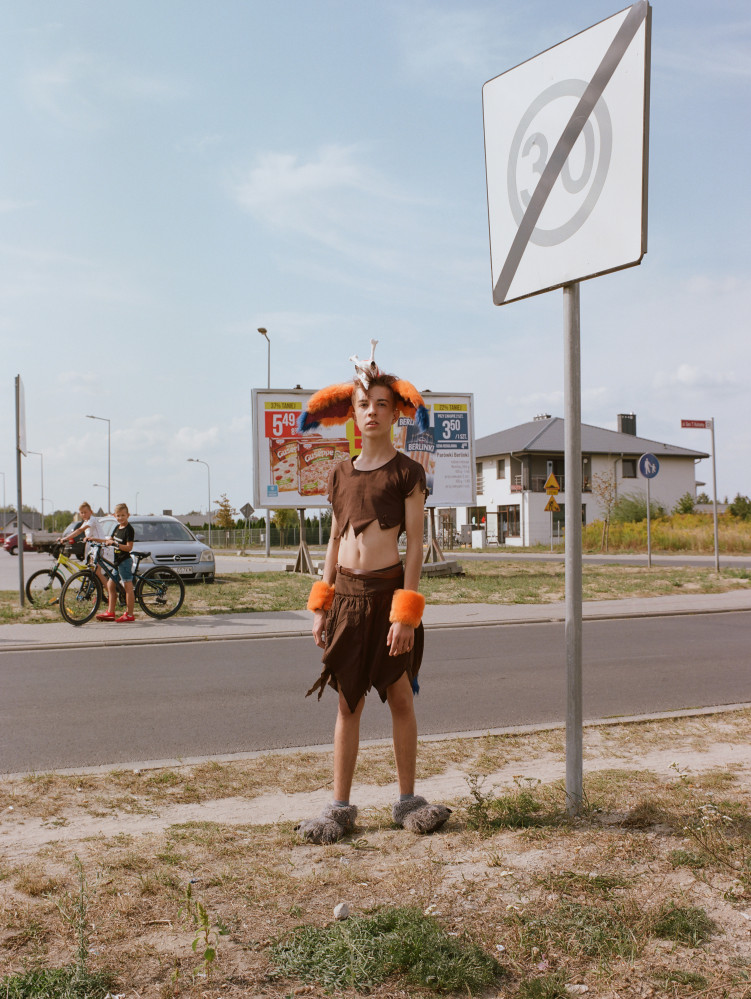
![JAKUB, 17. I’d get rid of 500+ [government program], because people are making babies instead of going to work. I heard about one guy who had 12 kids. They don’t think about the future. I think it will bring about a crisis. I think about joining the army. I’d like to take part in a mission. In elementary school I already knew I’d go to military school. I had a fondness for the military since I was a kid. Września is expanding. For a small town, it’s developing really fast.](https://przekroj.org/app/uploads/serdelia/articles/media/big/5d8b2cbbd34eb.jpg)

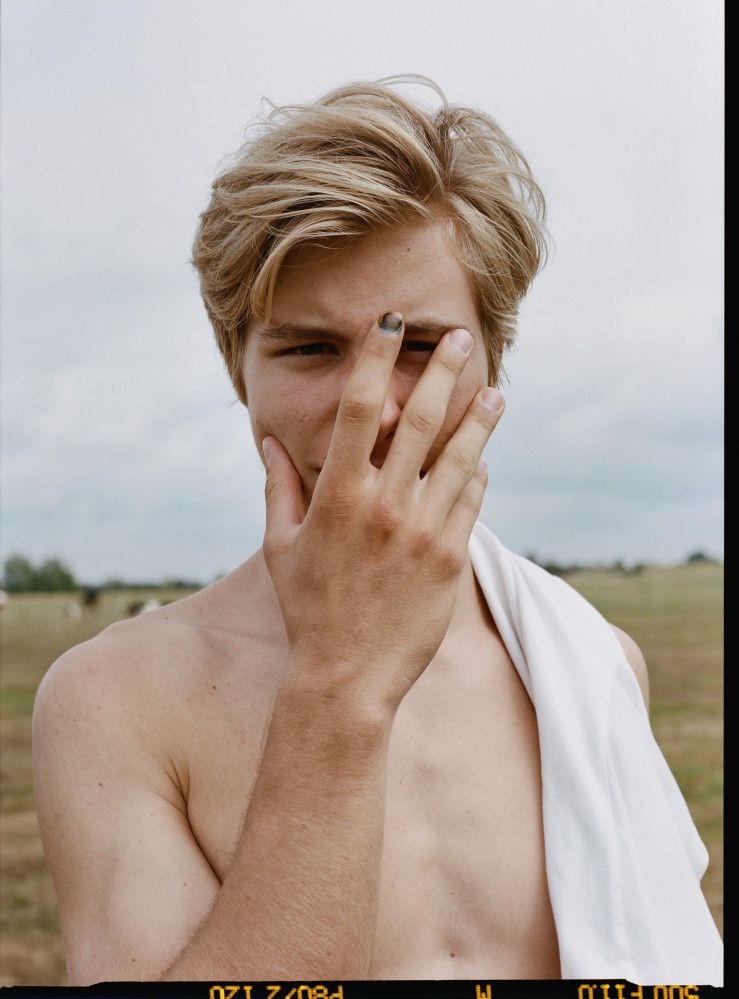
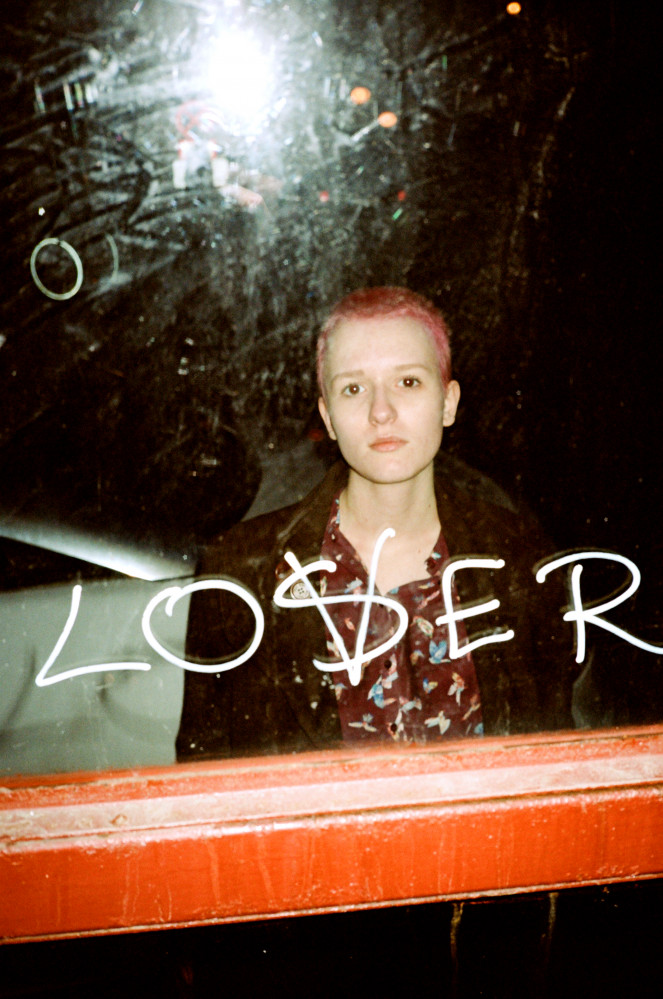
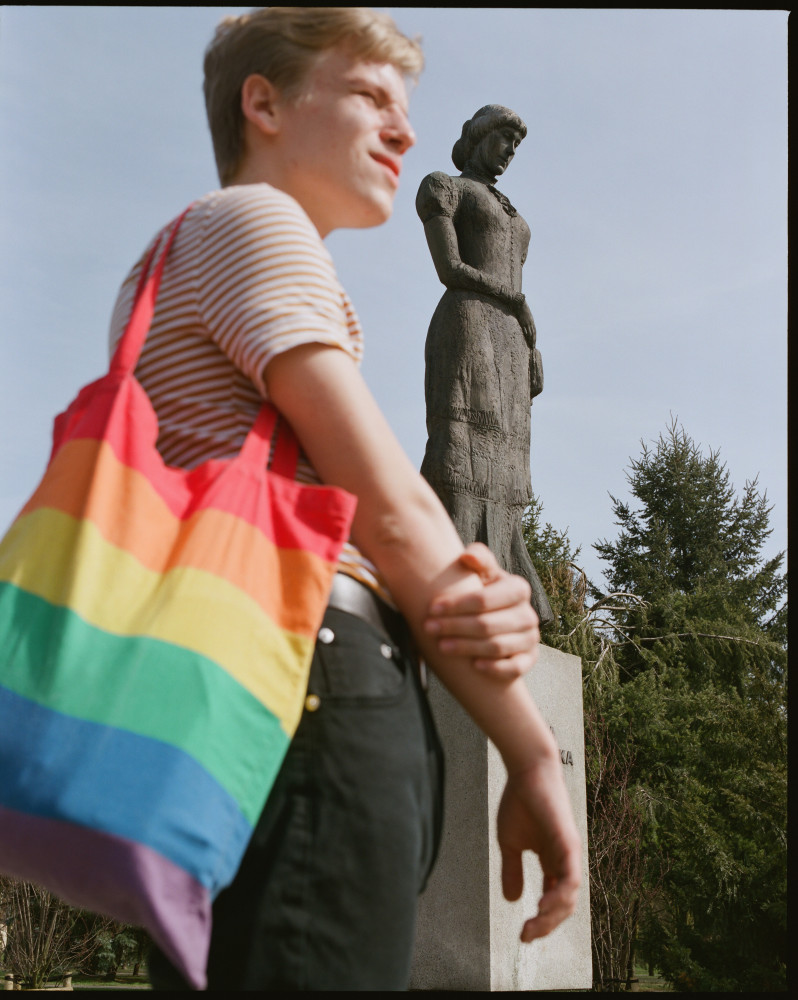
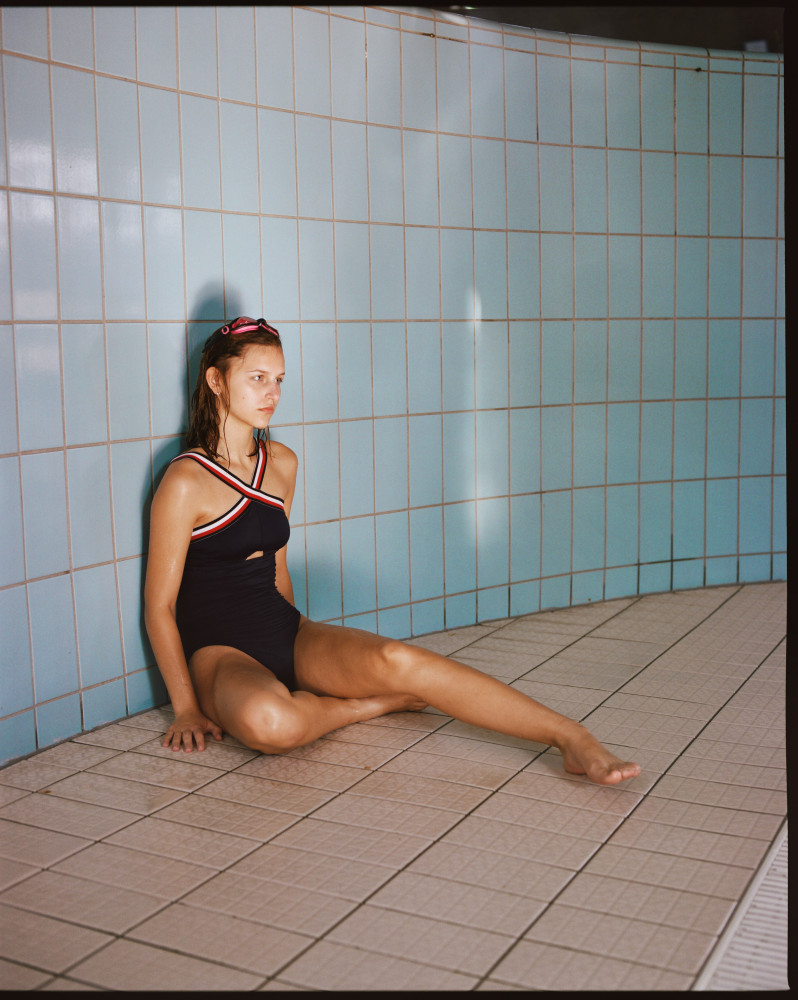
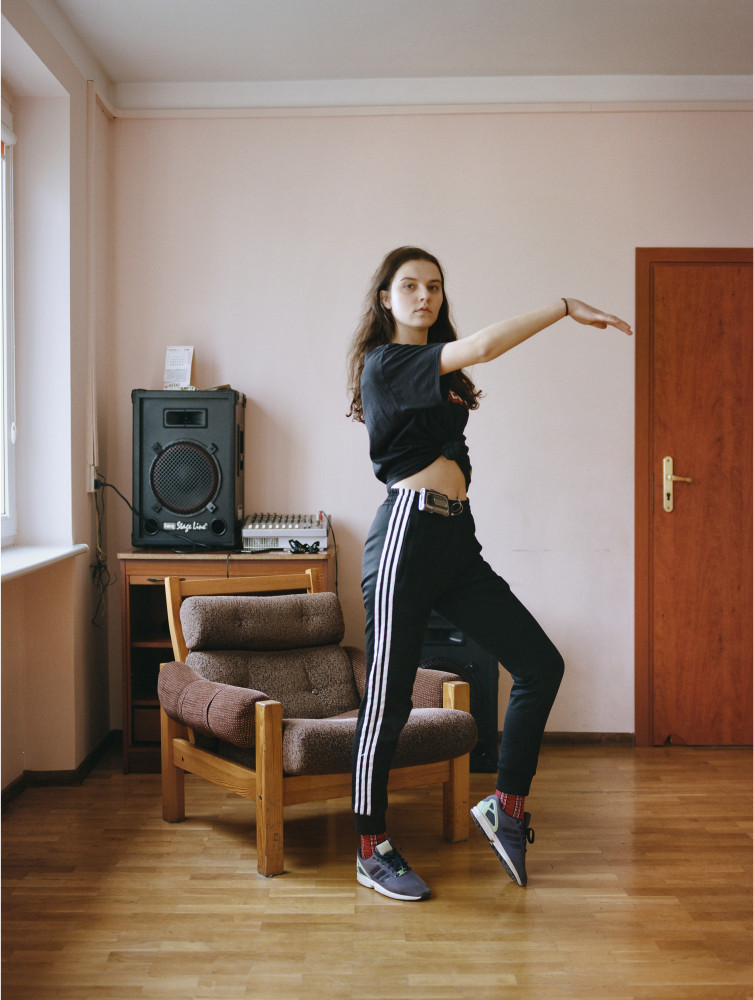

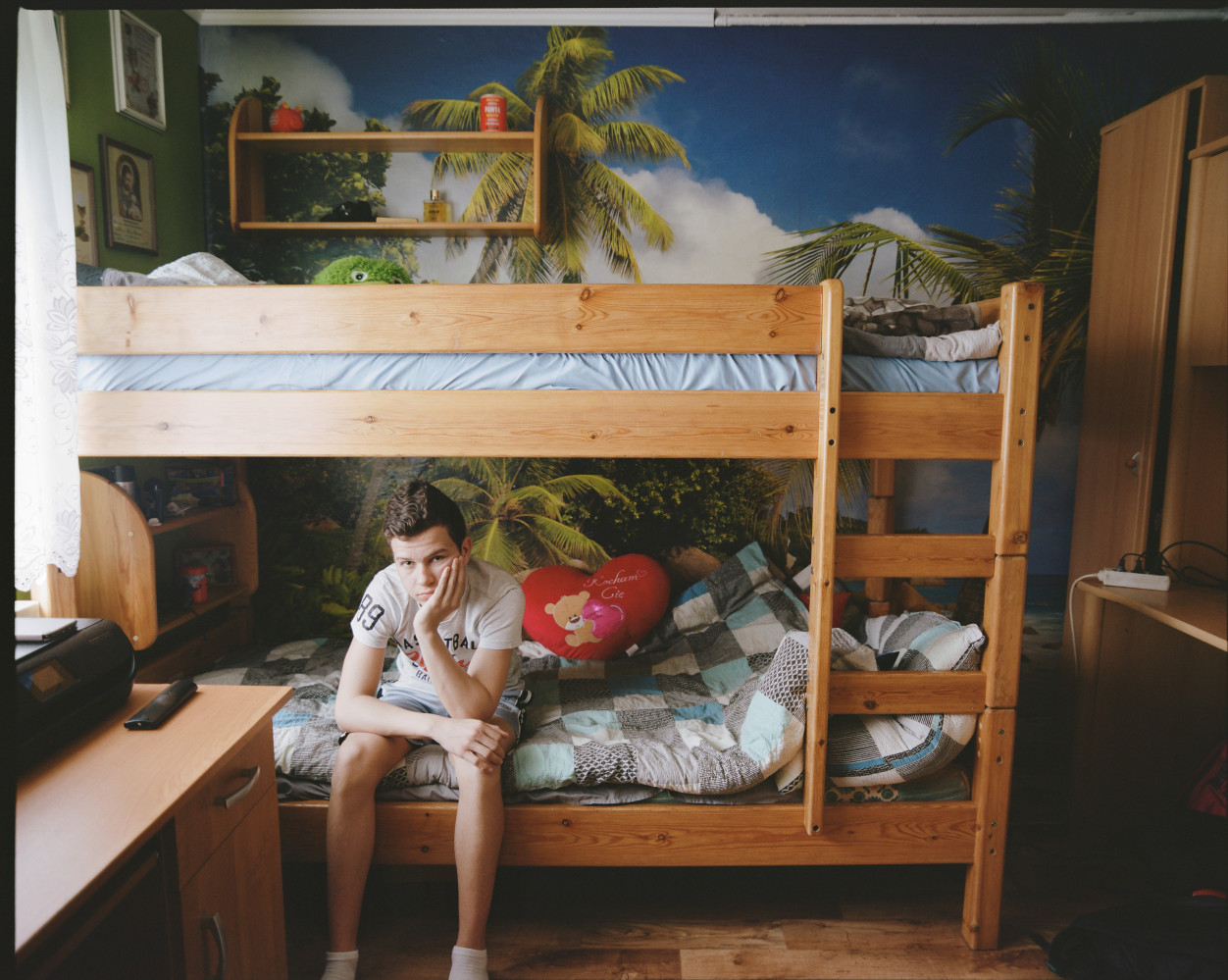
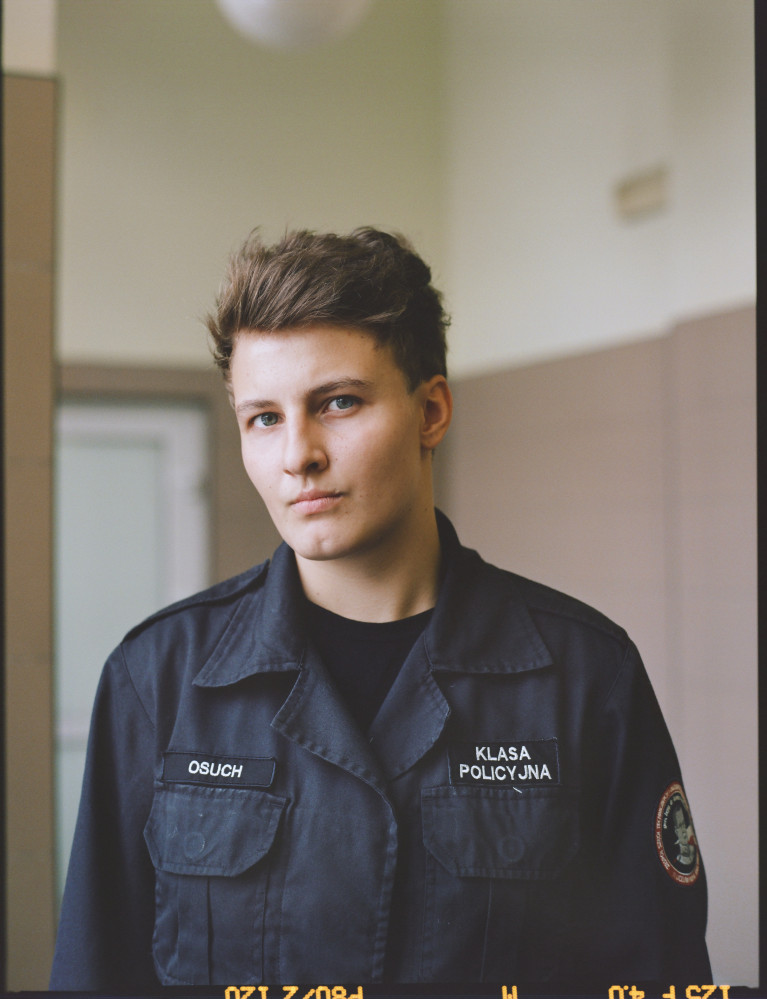
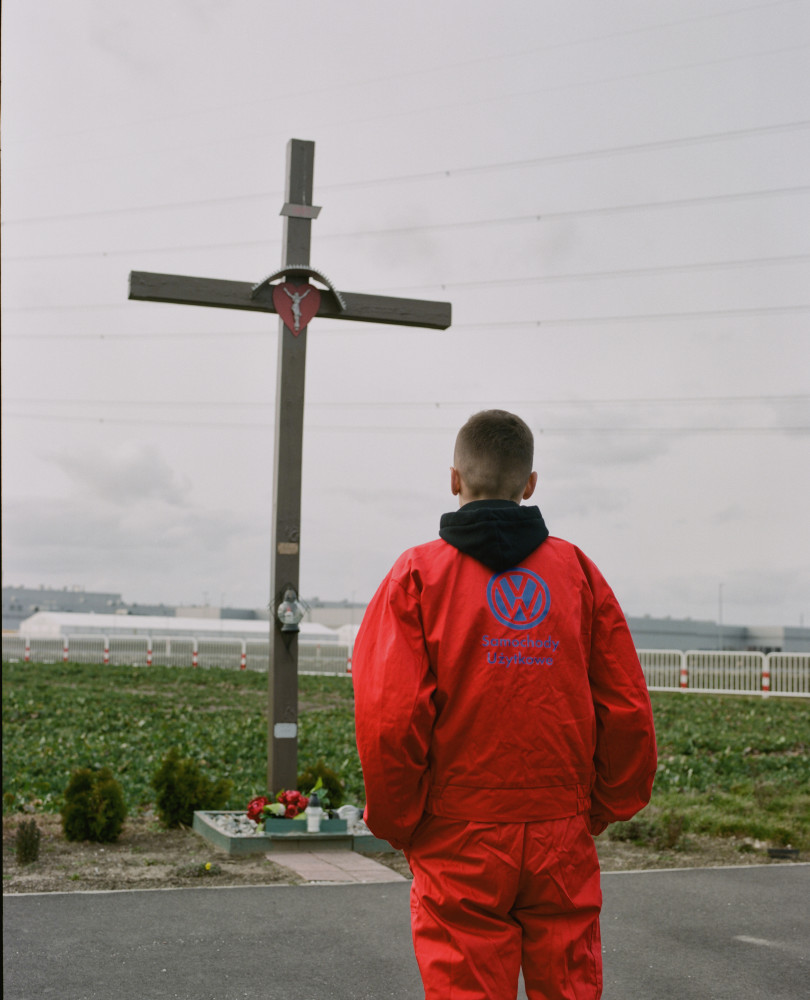
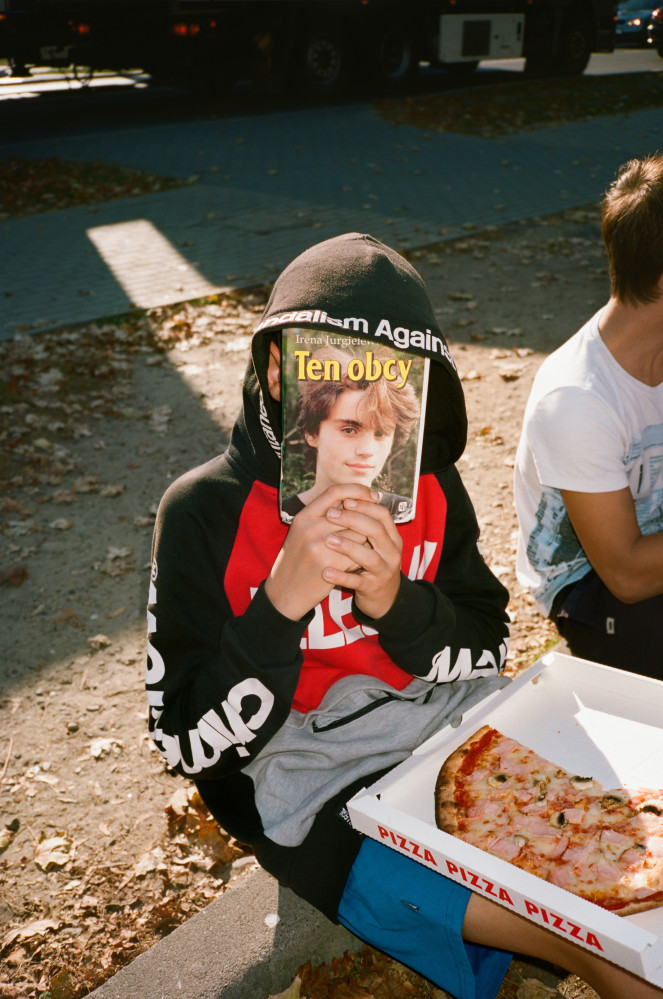
Young people occupy an extraordinary place in the history of Września. They were the heroes of the Września children strike that later became a symbol of young people’s struggle for freedom – of the individual and the nation alike. Almost 120 years after those events took place, photographer Zuza Krajewska was invited to create this year’s edition of the Września Collection project. The artist decided to take a closer look at the contemporary generation of young Poles from Września. And it is the generation we know very little about, says Krajewska, as it rarely gets to speak up in any serious public debates.
This is why the author decided to complete her photographic portrait of the young generation of Wrześnians with interviews. Krajewska gives her subjects a voice while looking for answers to some important questions: What are today’s Września children like? How do they feel about their big, ideological homeland of Poland and smaller, private one – the town of Września? How do they define freedom, and do they actually feel free? What are their expectations for the future? The book Powinno być dobrze. It Should Be OK includes almost 40 subjects aged 11 to 20, along with short conversations with each of them.
Those visual and verbal portraits present a picture of an open and tolerant society. At the same time, one of the most problematic issues identified by the youth is the lack of tolerance, in their country and in their local environment alike. It is accompanied by concerns about their financial future, perceived by the young people as their ticket to freedom. Asked about the future, 16-year-old Simon says: “It should be OK.” Simon’s choice of words clearly reveals the fears gnawing at the young people, who worry their future might end up very different from what they envisioned. Powinno być dobrze. It Should Be OK – it sounds like a manifestation of hope rather than certainty.
The shape of today’s world and its ideological and economic reality still bring up some very pressing questions, despite the changes that had taken place over the past decades. Is the mission of the Września children really complete? Do we need to redefine our perception of freedom as a way of expressing our opinions, sexuality, faith, self-governing, and financial independence? Of course, the Września series by Krajewska does not leave us with any definite answers. The subjects of her portraits are just a tiny slice of the young generation of Poles. They grow up, study and live in a small town in Western Poland. Their hometown has been expanding rapidly for the past few years, but it still remains far behind large cities, where young people have a much better chance for growth and achievement. It’s a dot on the map, somewhere between the large cities and tiny, forgotten villages of Poland. And these kids are somewhere in between, too. Are the kids from Września the voice of the contemporary Polish youth?
Karol Szymkowiak – Exhibition Curator of the Września Collection
Translated by Aga Zano






